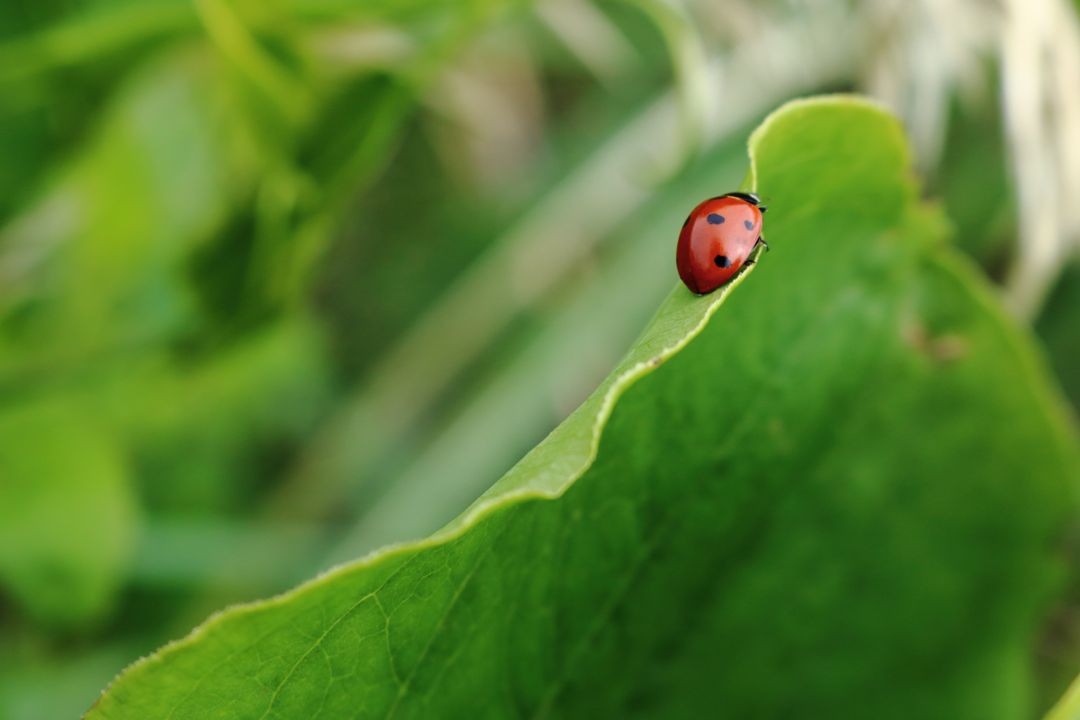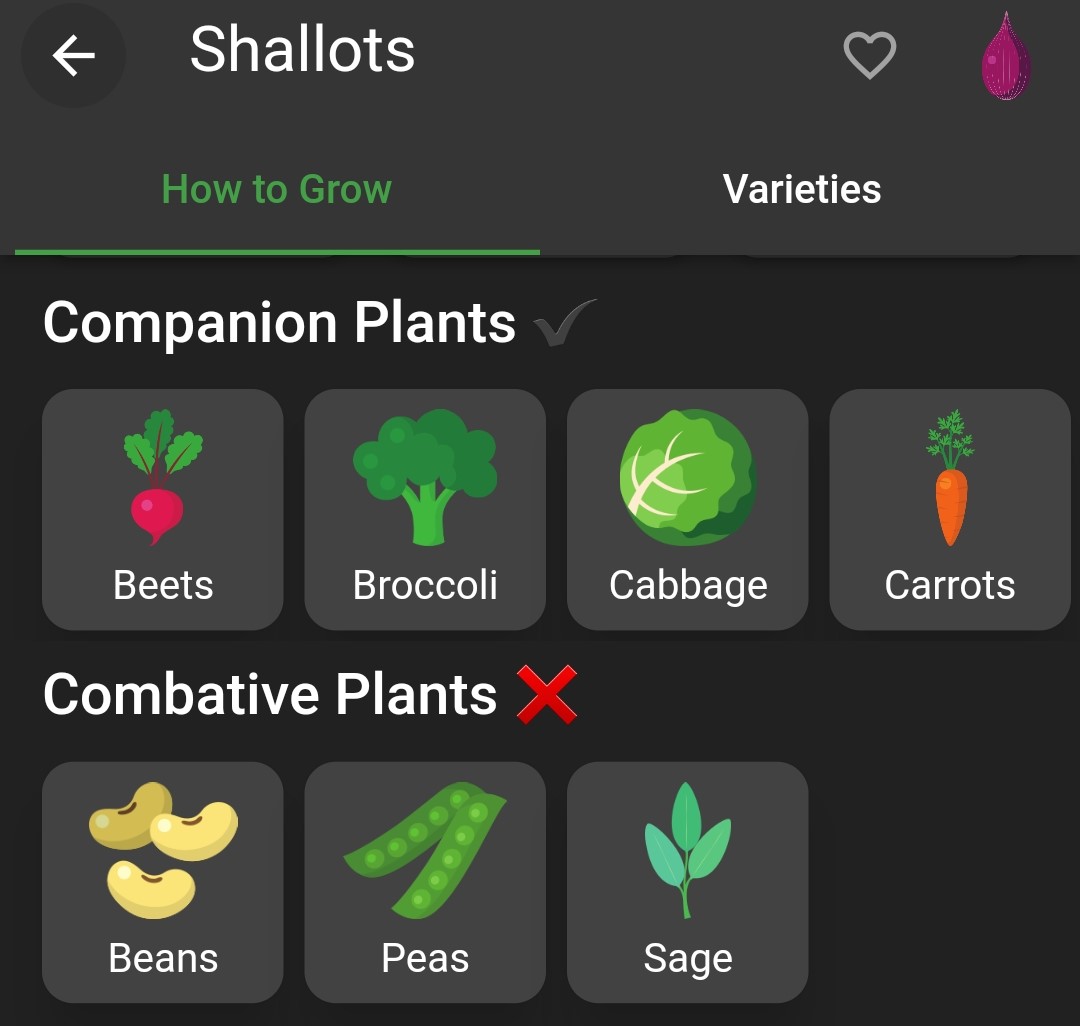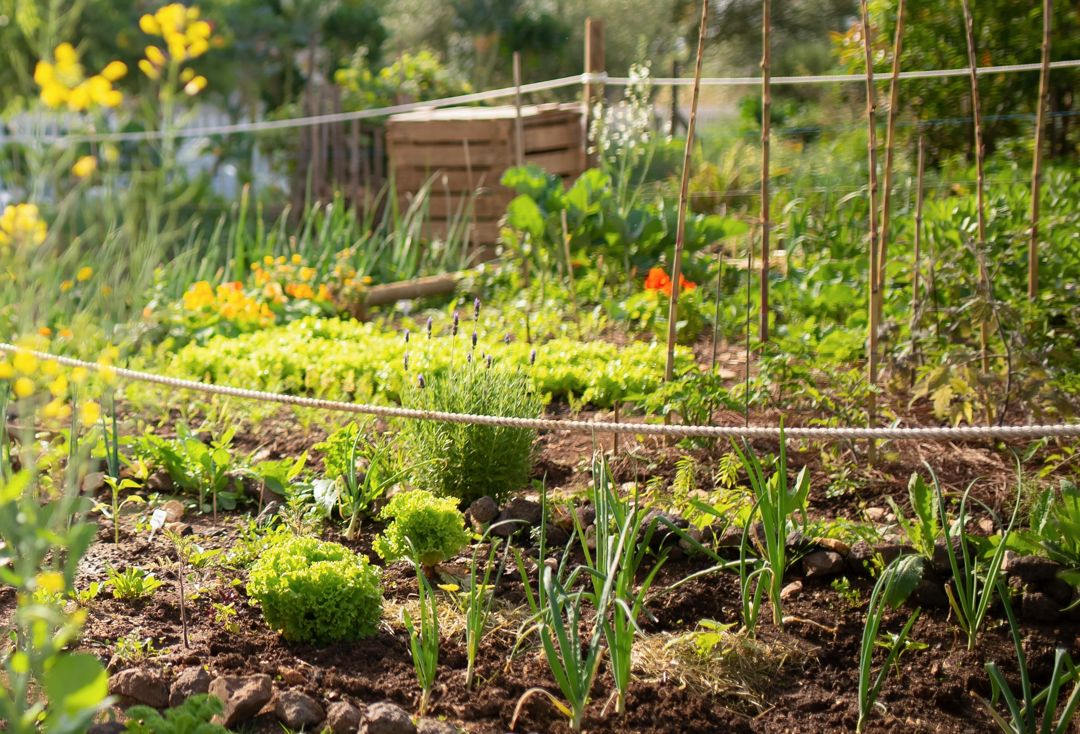It’s safe to say that gardeners have many different opinions on the topic of companion planting. While opinions around companion planting vary, it’s generally accepted that growing diverse plants offers many benefits in the garden. Read on to learn more about companion planting and how to introduce companion planting in your garden.
What is Companion Planting?
Companion planting is the idea that some crops are complementary and some crops are combative in the garden. Complementary crops do not compete intensively for resources and do not share the same pests and diseases. Combative crops on the other hand, have similar nutrient, space, and light requirements and suffer from the same pests and diseases. Some plants are even known to give off chemicals that inhibit other plants’ growth.
Companion planting gets murky when it comes to determining which plants are complementary and which are combative. Many plant pairings are based on gardeners’ experience and observations, and will differ depending on who you ask. Adding to the complexity, pairings can vary between different varieties of the same plant. Bush beans and pole beans, for example, have different growth habits and complement different plants.
There has been some scientific research to validate which plant pairings have provable benefits, but more needs to be done. Some gardeners only rely on pairings backed by research. Others value the recommendations that come from experience. Differences aside, most gardeners would agree that growing a variety of plants in the garden can help support biodiversity and improve harvests.
What are the Benefits of Companion Planting?

Companion planting offers many potential benefits in the garden, such as:
- Attracting beneficial insects such as ladybugs
- Deterring pests by masking the scent of their preferred plants
- Providing a food source for pollinators
- Minimizing disease spread
- Keeping weed pressure down by providing ground cover
- Serving as sacrificial “trap crops” to keep pests away from your primary crops, and
- Sheltering and supporting other plants (e.g., protecting less heat-tolerant crops from direct sunlight)
How to Get Started with Companion Planting
Companion planting may seem daunting, but it doesn’t have to be. Refer to the Companion Plants and Combative Plants listed in Planter to get started:

To take companion planting a step further, think about the unique conditions in your garden- space, sunlight, pests, and diseases- when choosing companion plants. If you don’t have trouble with aphids, no need to add plants to repel aphids!
When deciding where to plant companion plants, there different options you can try:
- Plant complementary plants side-by-side. Look for the compatibility indicators in Planter to spot pairings that are complementary or combative.
- Intercrop different compatible plants in the same space. Research which crops can be grown together and use the Notes feature in Planter to track intercropped plantings.
- Use protective plant borders to mask the scent of inner plants and lure pests away.
- Add pollinator-friendly plants in locations throughout your garden.
Plan your garden with companion planting in mind, to take full advantage of beneficial plant combinations!
